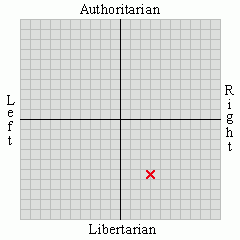 After an epiphany, Eugene Volokh concludes that Scooby Doo is all about the tort of wrongful interference with prospective economic advantage. I think his commenters offer better deconstructions of the classic cartoon:
After an epiphany, Eugene Volokh concludes that Scooby Doo is all about the tort of wrongful interference with prospective economic advantage. I think his commenters offer better deconstructions of the classic cartoon:1. The Mystery Van is painted with swirling smoke designs and smoke or vapors constantly ooze out from it. Scooby and Shaggy constantly have the munchies. Scooby is rendered barely articulate (the poor dog has a serious speech impediment) that is played up for laughs. Shaggy zones out constantly and has developed a very short attention span. He eats more junk food than Scooby does. Nearly the entire crew (except for Velma) seems to lack critical thinking or even basic logical skills. The reason: They're smoking pot on a more or less constant basis. Only Velma is functional while stoned. Ergo, drugs must be good.
2. There are no real ghosts or aliens. (Apparently, in more modern cartoons, there are, and fans do not like it.) By looking at the facts logically and understanding what's really going on, a human actor, usually motivated by a desire for illicit profit, is exposed as the perpetrator of a fraud and an impersonator of supernatural entities. There are no supernatural entities; despite initial appearances, everything can be understood by a skeptical understanding of natural phenomena.
3. You need to have smart, competent people around you. You should value people who are intelligent and who have good work ethics. Velma gets the job done every time, and while it's fun to watch Scooby and Shaggy goof off, and the plot usually needs Fred and Daphne to get in trouble somehow, the job gets done by the person who puts her nose to the grindstone and uses her brain. And no one cares that she's apparently a lesbian.
These, then, are the subtextual messages of Scooby Doo. Next week -- how Spongebob Squarepants teaches kids to cope with castration anxiety. ("Snip snip! How's that working out for you now?")







No comments:
Post a Comment